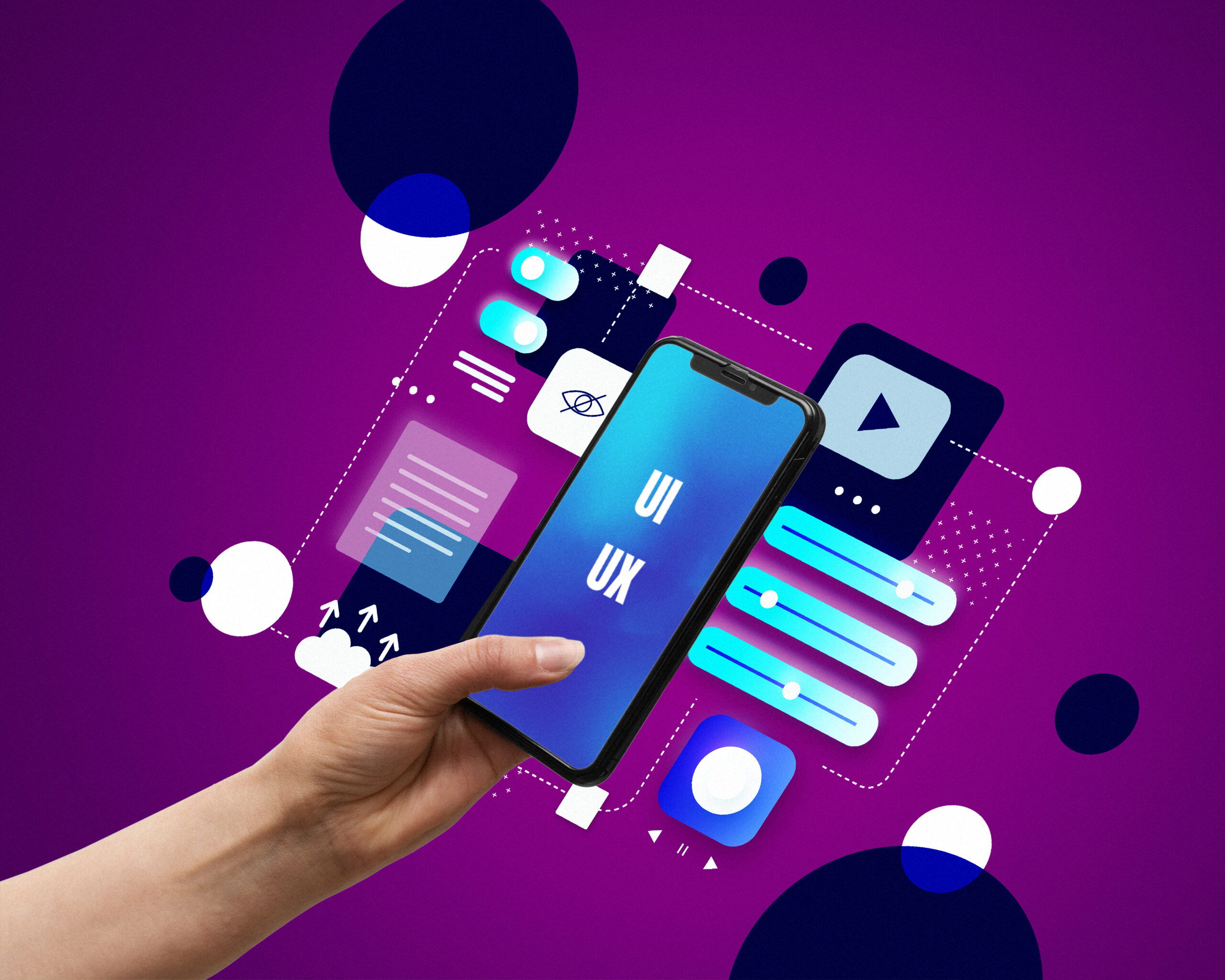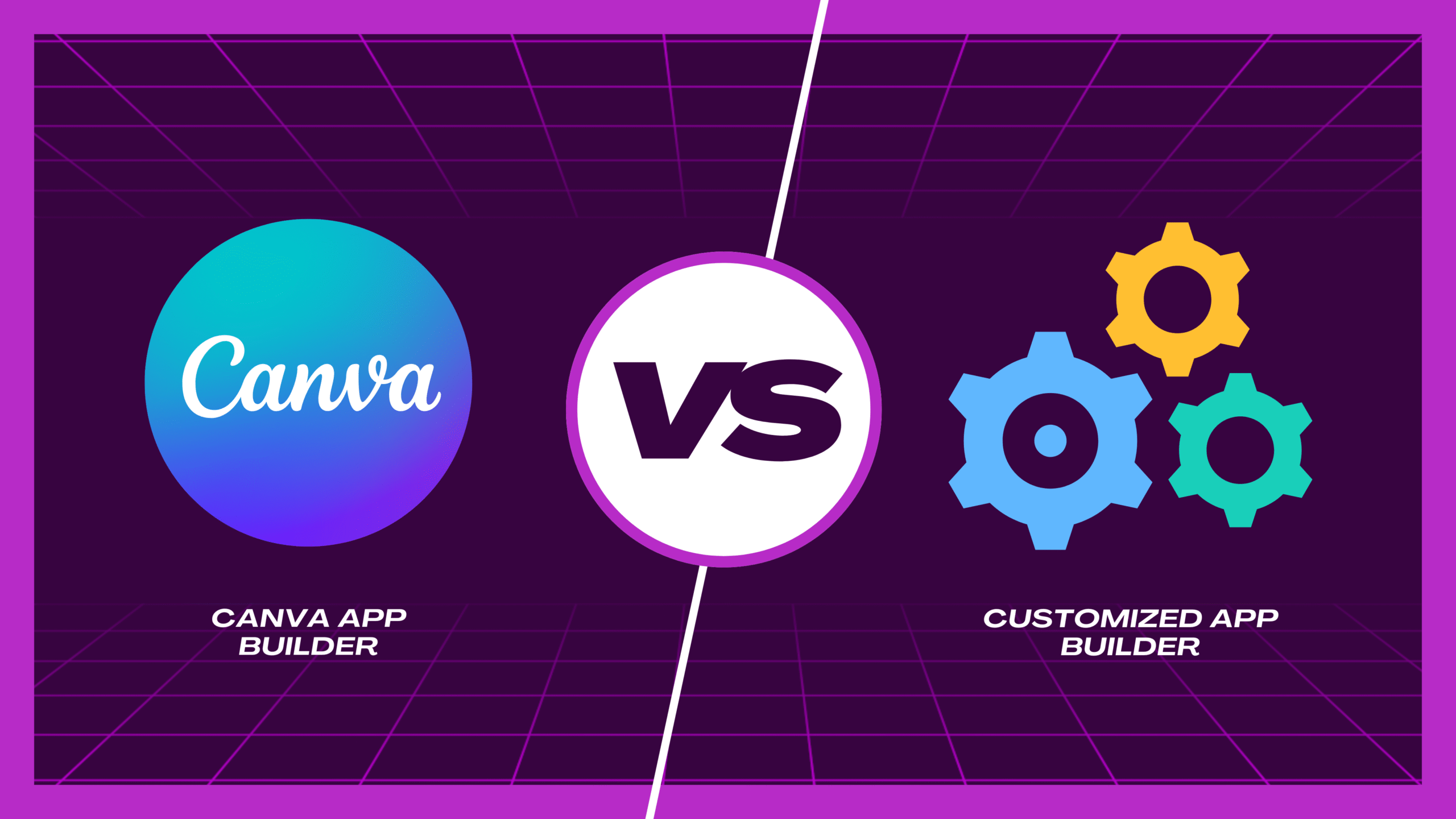Mobile applications have become an integral part of our daily lives, seamlessly assisting us in tasks, entertainment, and communication. While we enjoy the end result—the polished and user-friendly app—few of us truly understand the intricate journey these applications undergo from conceptualization to deployment. In this blog post, we’ll unravel the behind-the-scenes magic, exploring the fascinating development process of your favorite mobile apps.
1. Idea Generation: The Spark of Innovation
Every successful mobile app begins with a brilliant idea. Whether it’s solving a specific problem, enhancing user convenience, or introducing a novel form of entertainment, the development process starts with a concept that captures the imagination of the creators.
2. Market Research: Understanding User Needs
Before diving into development, extensive market research is conducted. Developers analyze existing apps, identify gaps in functionality, and understand user preferences. This crucial step ensures that the app aligns with current market trends and fulfills a genuine need.
3. Wireframing and Prototyping: Blueprinting the User Experience
With the concept solidified, developers create wireframes and prototypes to outline the app’s structure and user interface. This step allows for early user testing and feedback, ensuring that the app’s design is intuitive and user-friendly.
4. Design Phase: Bringing Concepts to Life
Once the wireframes are approved, designers step in to create the visual elements. They craft the app’s aesthetic, incorporating branding elements, colors, and graphics. The goal is to create a visually appealing and cohesive user experience.
5. Development: Transforming Code into Functionality
The development phase is where the magic truly happens. Skilled programmers use programming languages such as Java (for Android) or Swift (for iOS) to turn the design into a functional application. This phase involves coding the app’s features, integrating APIs, and ensuring compatibility across various devices.
6. Testing: Ensuring a Bug-Free Experience
Thorough testing is crucial to identify and eliminate any bugs or glitches. Quality assurance (QA) testers rigorously assess the app’s functionality, usability, and performance. Feedback from testing is used to refine the app further.
7. Deployment: Launching into the App Stores
Once the app has passed all tests and received necessary approvals, it’s ready for launch. Developers submit the app to platforms like the Apple App Store or Google Play Store, where it undergoes a final review before becoming available to users.
8. Post-Launch Support and Updates: Ensuring Long-Term Success
The journey doesn’t end with the app’s release. Developers continue to monitor user feedback, address issues, and release updates to enhance functionality or introduce new features. Ongoing support is critical for maintaining user satisfaction and adapting to evolving technologies.
Conclusion: The Art and Science of Mobile App Development
Next time you open your favorite mobile app, take a moment to appreciate the intricate process that brought it to life. From the initial idea to the final release, the development journey is a blend of creativity, technical expertise, and user-centric design. Understanding this process adds a layer of appreciation for the technology that seamlessly integrates into our daily routines. The next time you tap that app icon, remember the dedicated team of professionals who worked behind the scenes to make it all possible.







